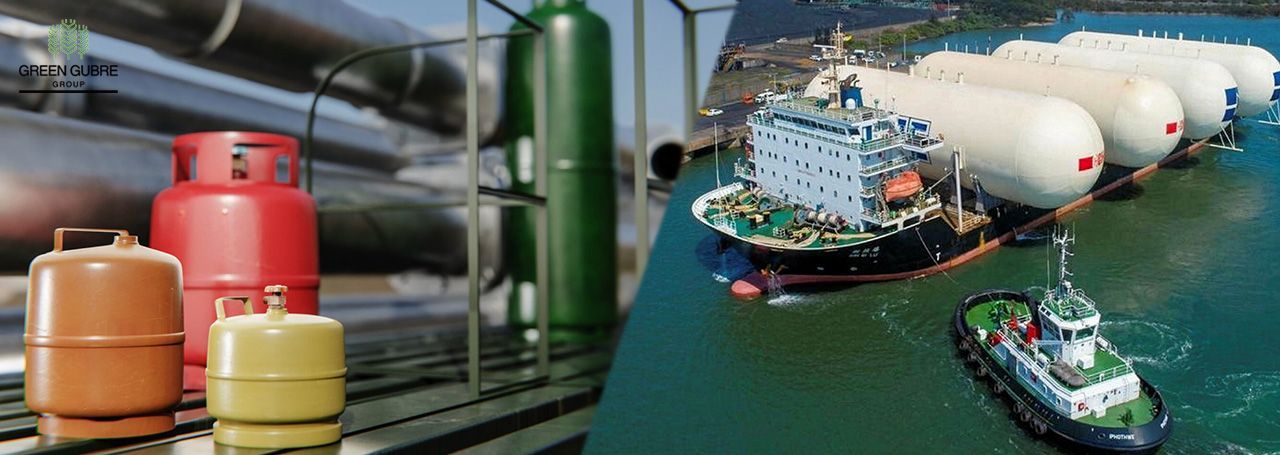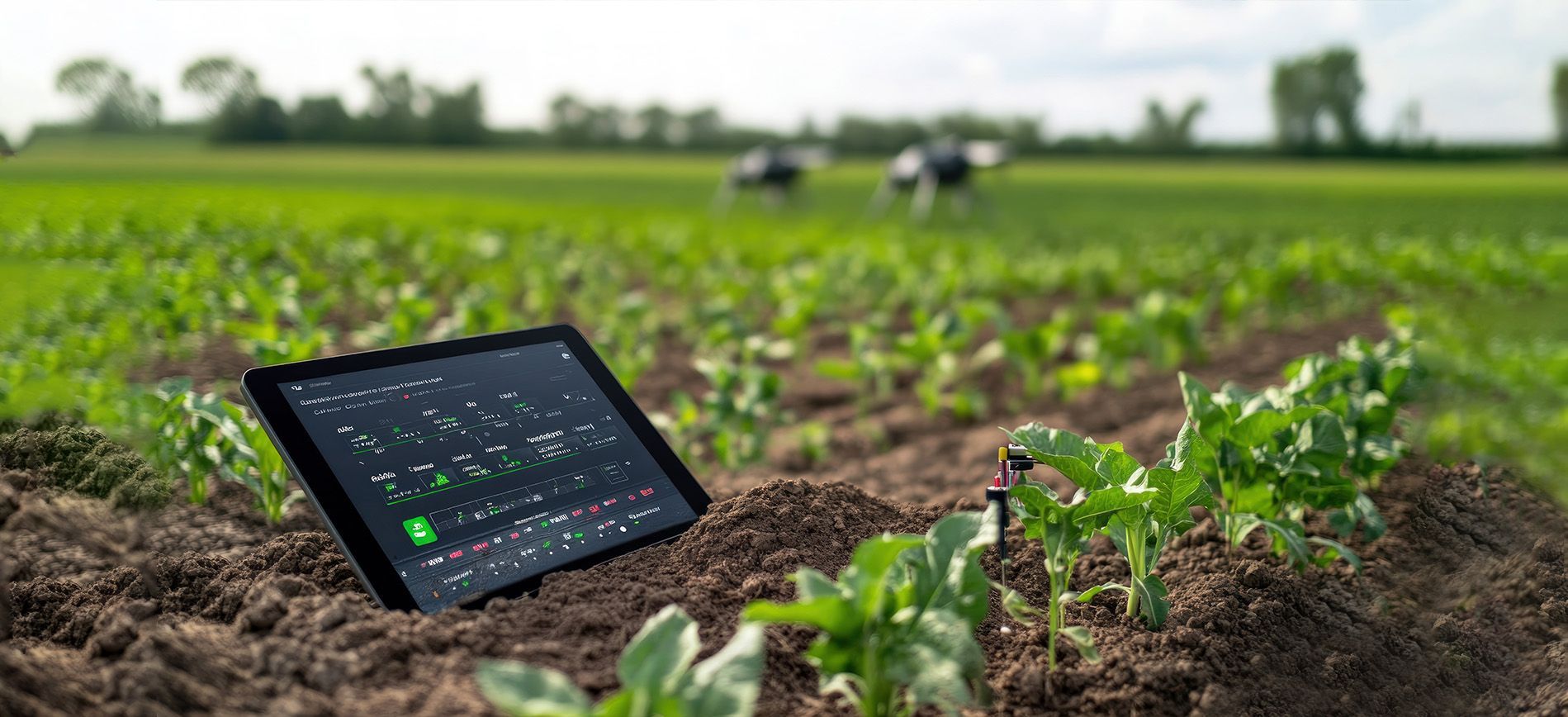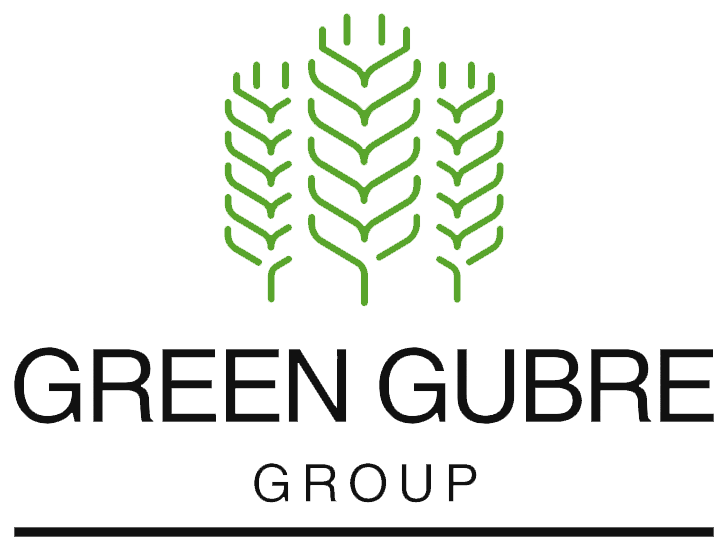The Role of LPG in Africa’s Energy Transition
The Role of LPG in Africa’s Energy Transition

Liquefied Petroleum Gas (LPG) has emerged as a vital resource in Africa’s energy sector, providing a cleaner alternative to traditional fuels such as wood and coal. As Africa looks to reduce emissions and improve public health, LPG presents an accessible, sustainable solution. This blog explores LPG’s impact on Africa’s energy transition, highlighting its advantages, challenges, and potential for widespread adoption.
LPG as a Cleaner Energy Source:
LPG produces significantly lower emissions than conventional fuels like wood, charcoal, and kerosene, contributing to improved air quality and reduced greenhouse gases. For millions of African households, LPG offers a healthier option for cooking and heating, cutting down on indoor air pollution linked to respiratory issues. By supporting LPG, African countries can improve public health and make strides toward sustainable energy goals.
Economic and Social Benefits of
LPG in African Communities:
Beyond its environmental impact, LPG is also economically advantageous. Using LPG can reduce the time spent gathering firewood, freeing up hours for productive activities like education and employment. Additionally, the demand for LPG can stimulate job creation in infrastructure, distribution, and retail, creating a positive ripple effect throughout the economy.
Challenges and Opportunities for
LPG Expansion in Africa:
While LPG offers substantial benefits, challenges like infrastructure limitations and affordability need to be addressed for widespread adoption. Governments, private investors, and international organizations play essential roles in expanding LPG access, including subsidies, infrastructure investments, and educational campaigns to raise awareness about the advantages of switching to LPG.
Conclusion:
LPG is a transformative energy source for Africa, offering a viable pathway to reduce emissions and improve quality of life. By investing in LPG infrastructure and making it accessible and affordable, African nations can pave the way for a cleaner, more sustainable future. As LPG continues to gain traction, it holds the potential to reshape Africa’s energy landscape and support the continent’s long-term development goals.




